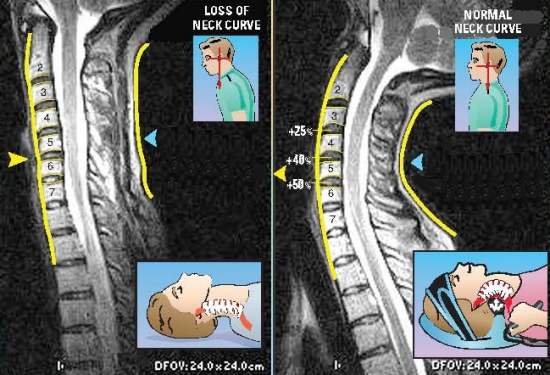
When your doctor stimulates a nerve, you feel something like a mild electrical shock. You feel each electrode giving off a constant, mild electrical impulse. Your neurologist at The Neurology Group places the surface electrodes at specific points on your skin. You may also be asked to wear a hospital gown. Patients who have the following symptoms may need both types of tests:Įlectromyography that includes a nerve conduction study can often confirm or rule out a variety of nerve problems and neuromuscular disorders, including:ĭuring your nerve conduction study, you’ll be asked to remove jewelry and any other metal objects, because they can interfere with the test.

After conducting an EMG and assessing muscle health, a nerve conduction study can be used to reveal specific areas of nerve damage. An EMG can help diagnose a wide range of muscle disorders, including those that involve nerve disorders. What is a nerve conduction study used for?Īn nerve conduction study is often performed at the same time as an EMG, or electromyography, which is a test that evaluates the electrical impulses in muscles. To calculate how quickly a nerve transmits an impulse, neurologists measure the distance between the two surface electrodes and the time it takes for the electrical impulse to travel between them.

The test is performed for each individual nerve that requires assessment. One of the electrodes provides a mild electrical impulse, and the other electrode records the response of the nerve. During a nerve conduction study, a neurologist places two surface electrodes on your skin over the nerve.


 0 kommentar(er)
0 kommentar(er)
